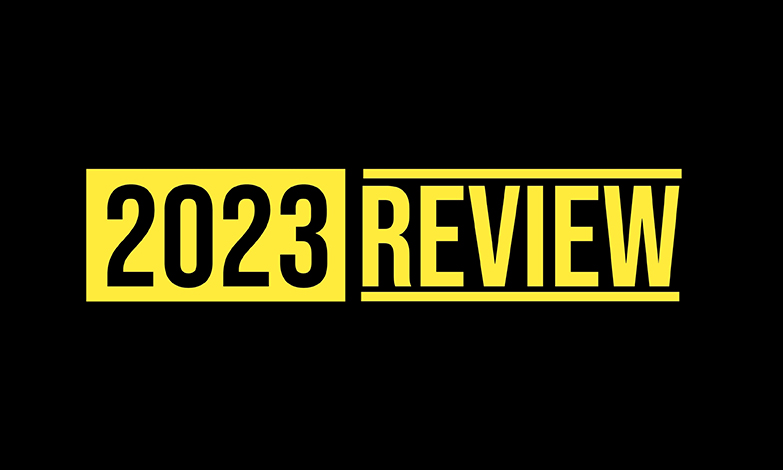Feature
Packaging industry 2023: the year in review
In the assessment of packaging industry expert Oumar Fofana, 2023 stands out as a remarkable year, distinguished by noteworthy transformations that demand consideration.

In 2023, the packaging industry experienced significant technological and automated advancements, greatly enhancing efficiency and product quality. Credit: Hisan Art via Shutterstock
As we bid farewell to 2023 and welcome the dawn of a new year, it's the perfect time to reflect on the packaging industry's significant events, trends, and developments that have shaped this pivotal sector over the past year.
From sustainability initiatives to technological innovations, the packaging industry has seen substantial progress in 2023.
In this article, we'll provide a comprehensive year in review for our readers in the packaging industry, highlighting key trends, challenges, and achievements.
Sustainability takes centre stage
In 2023, sustainability became an undeniable focal point in the packaging industry. Consumers and businesses alike continued to push for eco-friendly packaging solutions that reduce waste and environmental impact.
Several key developments have marked this trend:
Sustainable packaging materials: Throughout the year, there was a significant increase in the use of sustainable materials, such as bioplastics, recyclable plastics, and paper-based packaging. Brands embraced these alternatives as they sought to reduce their carbon footprint and meet consumer demands for eco-conscious options.
Circular economy initiatives: Many companies adopted circular economy principles, aiming to minimise waste and maximise resource efficiency. This involved investing in reusable packaging, designing products for easier recycling, and collaborating with recycling programs to ensure packaging materials are repurposed effectively.
Government regulations: Governments worldwide continued to introduce and enforce stricter regulations on packaging waste and single-use plastics. This spurred the industry to accelerate its efforts to create more sustainable solutions and comply with new laws.
Technological advancements and automation
The packaging industry in 2023 saw remarkable advancements in technology and automation, which had a profound impact on efficiency and product quality.
Several key developments include:
Smart packaging: Smart packaging, equipped with sensors and RFID technology, gained momentum. This innovation allows for real-time tracking, temperature monitoring, and product integrity assurance. It enhances supply chain visibility and helps reduce waste.
Automation and robotics: Automation and robotics played a pivotal role in streamlining packaging processes. Robots were deployed for tasks like sorting, labelling, and palletising, improving productivity and reducing the need for manual labour.
3D printing in packaging: 3D printing made significant strides in the industry, enabling customised and intricate packaging designs. This technology provided opportunities for personalisation and branding.
Challenges and resilience
Despite the year's successes, the packaging industry also encountered its share of challenges:
Supply chain disruptions: Ongoing supply chain disruptions and material shortages, largely stemming from the aftermath of the COVID-19 pandemic, affected production and distribution. The industry had to adapt to unpredictable circumstances.
Rising raw material costs: Fluctuating raw material costs, particularly for plastics and metals, posed cost challenges for packaging manufacturers. Finding cost-effective, sustainable alternatives remained a priority.
Regulatory changes: Frequent changes in regulatory requirements, especially regarding labelling and safety standards, forced companies to stay vigilant and adapt swiftly to remain compliant.
Looking forward
The packaging industry in 2023 has witnessed significant shifts toward sustainability, technological innovation, and the ability to overcome various challenges.
As we head into 2024, it's clear that the packaging industry will continue to evolve, driven by the imperative to create eco-friendly solutions, harness technology's potential, and adapt to an ever-changing global landscape.
By staying ahead of the curve and embracing these trends, industry players can look forward to a promising future of growth and innovation.